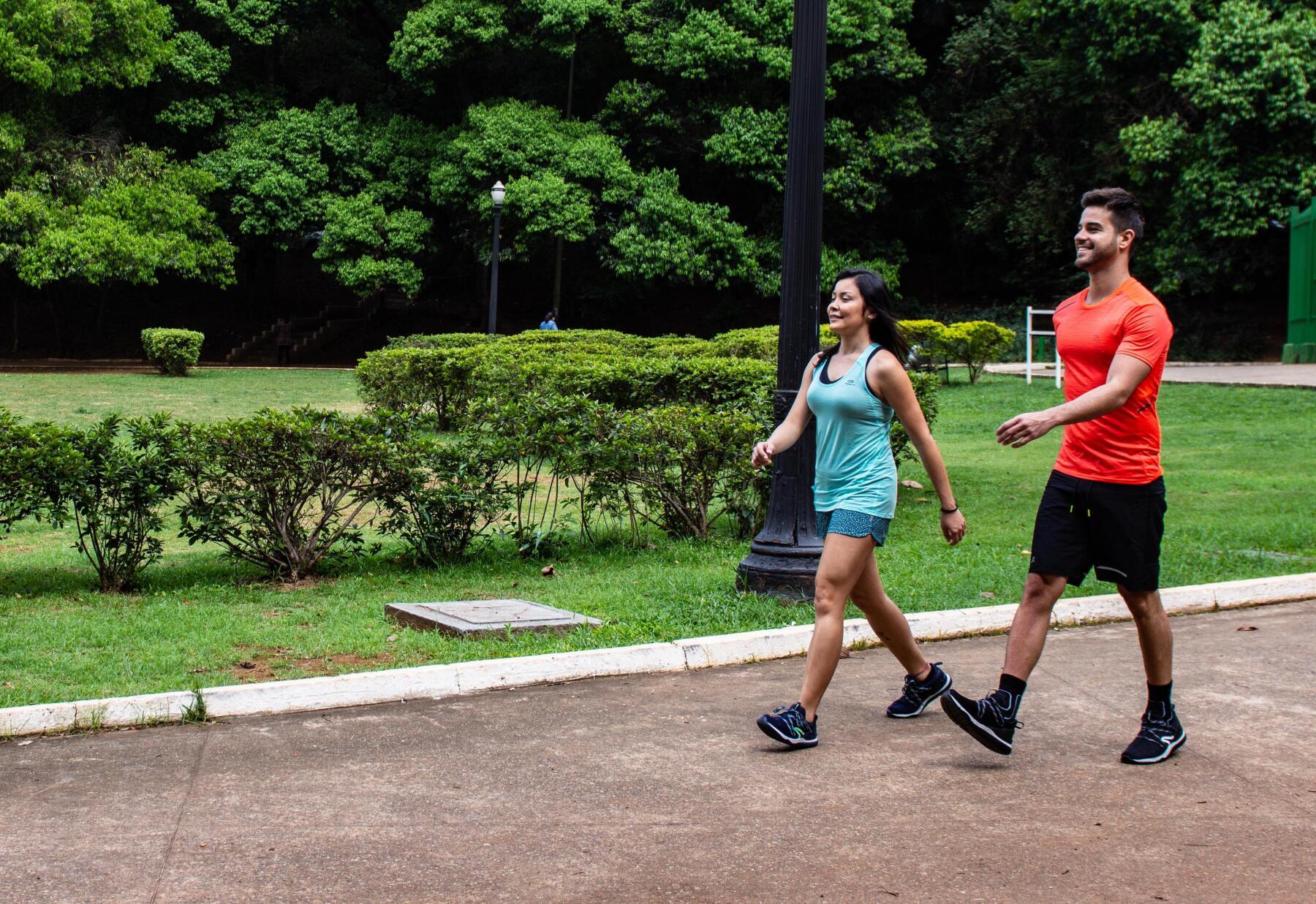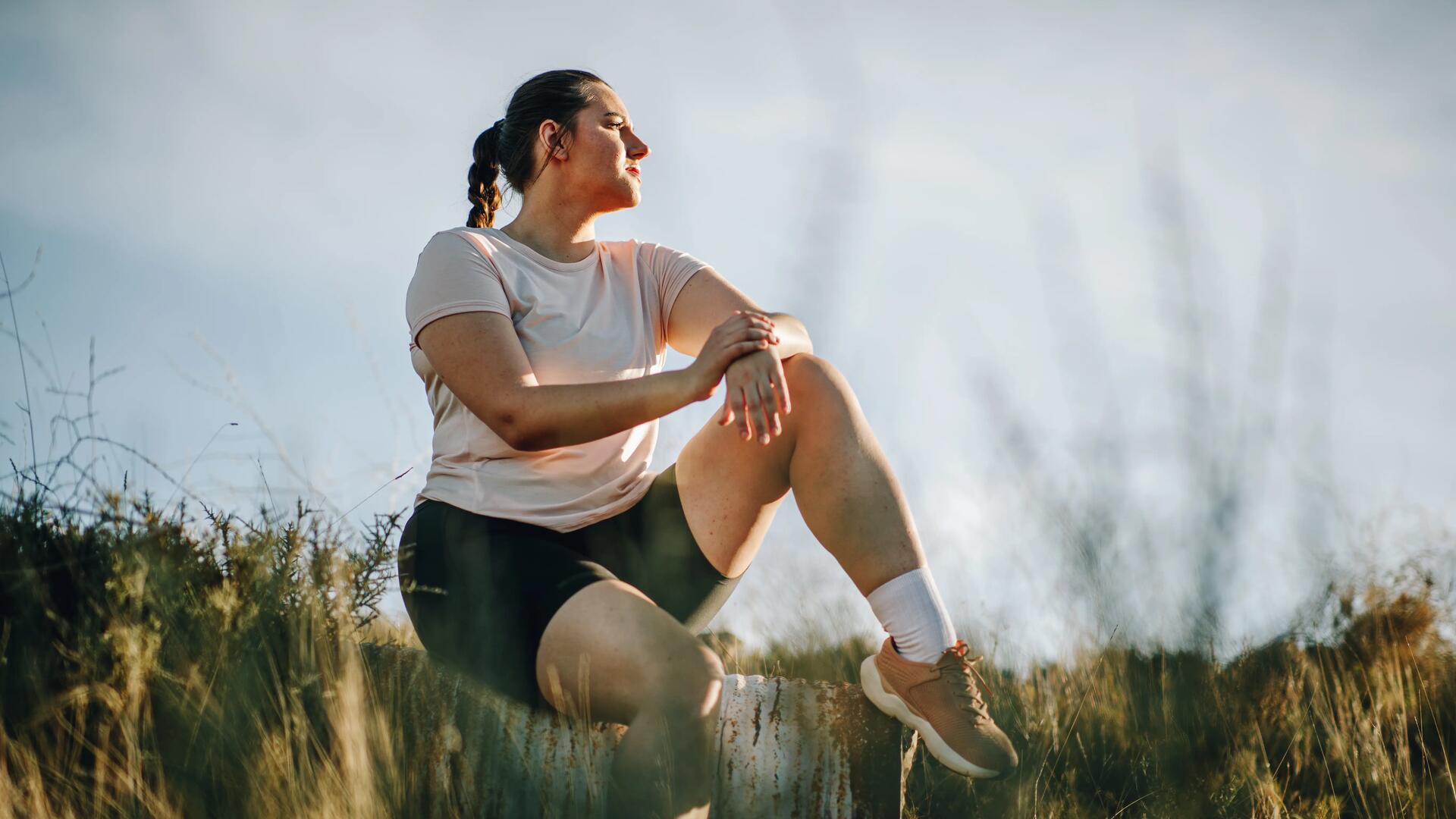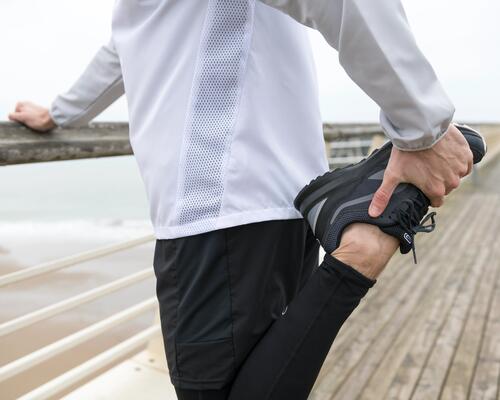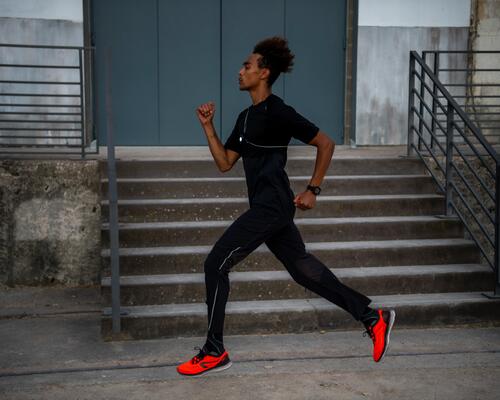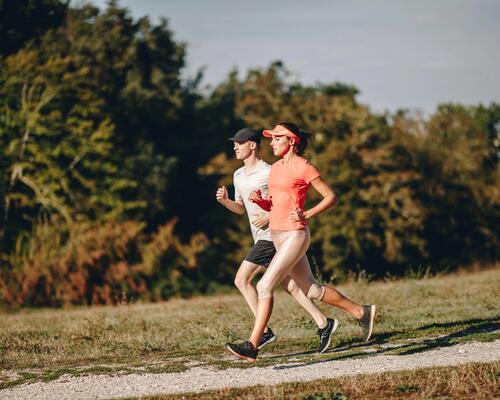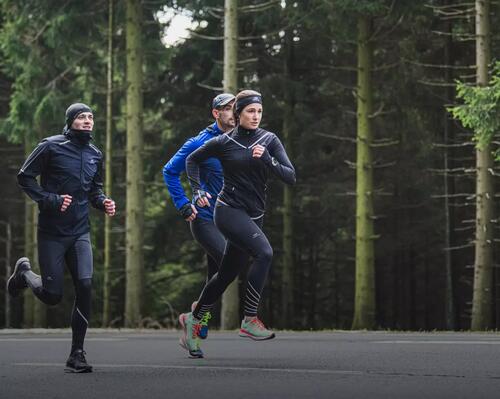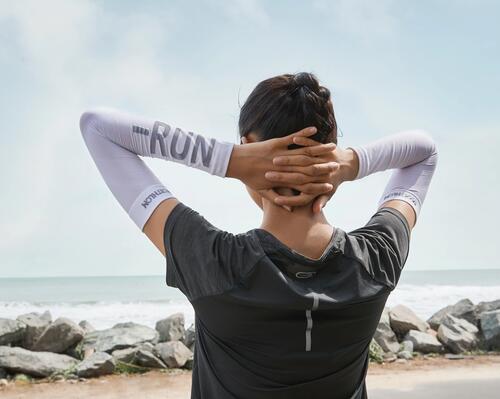Choose some light and stretch clothing made of a synthetic or merino wool fabric that wicks away moisture: T-shirts, singlets, tank tops, vests and shorts.
Polyester is the main synthetic fabric used in the manufacture of sports and outdoor clothing. What's more, polyester offers better sun protection than nylon, while also retaining durable water-repellent coatings better.
Slightly more expensive than polyester, nylon is the second most used synthetic fabric in the sportswear and outdoor industry. It is often mixed with other fabrics to make T-shirts, shorts, pants and coats.
If you are running at a slow pace in very hot weather, you can choose clothing made with a little cotton, as this material absorbs moisture and has a certain cooling effect. However, cotton should be avoided in cool and cold weather, as it takes time to dry. Damp clothing absorbs body heat and can cause your body temperature to drop dramatically.
The merino wool costs a little more, but it is extremely soft, and warmer than synthetic fibres (equivalent weight). It is also stretch, breathable and does not retain odours. On top, it's a traceable product.
What's more, you shouldn't underestimate the importance of buying a good sports bra, because a classic bra is not designed to reduce bounce, absorb shocks and prevent irritation during a run.
On sunny days, wear a cap and glasses with polarized lenses that reduce glare to protect your eyes. Make sure the nose pads and temple tips are designed to keep the glasses in place even when you are sweating.

